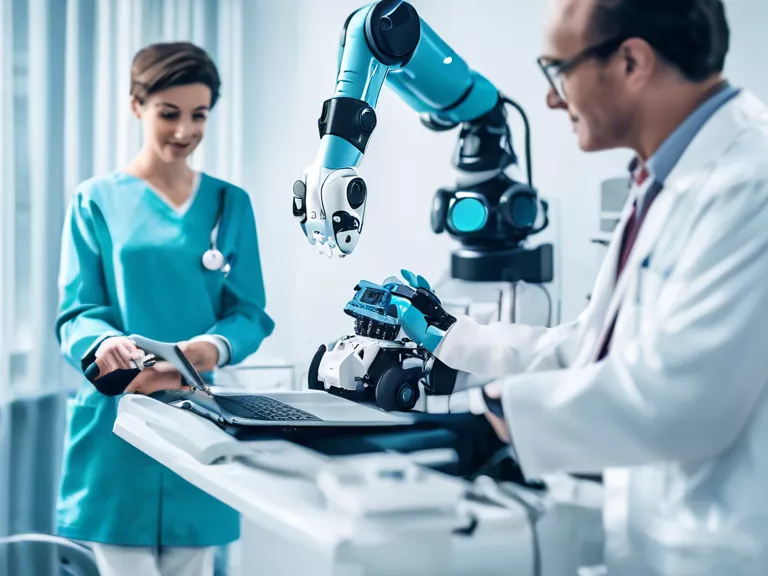
Autonomous robotics are revolutionizing the healthcare industry by improving precision tasks. From surgery to medication dispensing, these robots are enhancing accuracy and reducing human error. This article explores the role of autonomous robotics in healthcare and how they are making a positive impact on patient outcomes.
One area where autonomous robotics are making a significant difference is in surgery. Robotic surgical systems, such as the Da Vinci Surgical System, allow for minimally invasive procedures with increased precision. Surgeons can control robotic arms with precision, resulting in less trauma for patients and faster recovery times. These systems also have the ability to provide real-time feedback and enhance the surgeon's capabilities, ultimately leading to better surgical outcomes.
In the medication management space, autonomous robots are improving accuracy and efficiency. Automated medication dispensing systems ensure the right medications are given to the right patients at the right time. These robots can handle a large volume of prescriptions accurately, reducing the risk of medication errors. They can also streamline the medication dispensing process, allowing healthcare providers to focus on patient care rather than administrative tasks.
In addition to surgery and medication management, autonomous robotics are also being used in rehabilitation therapy and patient monitoring. Robots can help patients regain mobility through repetitive tasks and exercises, providing consistent and personalized therapy. They can also assist in monitoring patients' vital signs and alerting healthcare providers to any abnormalities, ultimately improving patient safety.
Overall, autonomous robotics are changing the way healthcare is delivered by enhancing precision tasks and improving patient outcomes. As the technology continues to advance, we can expect to see even more applications for autonomous robotics in healthcare, leading to a more efficient and effective healthcare system.



